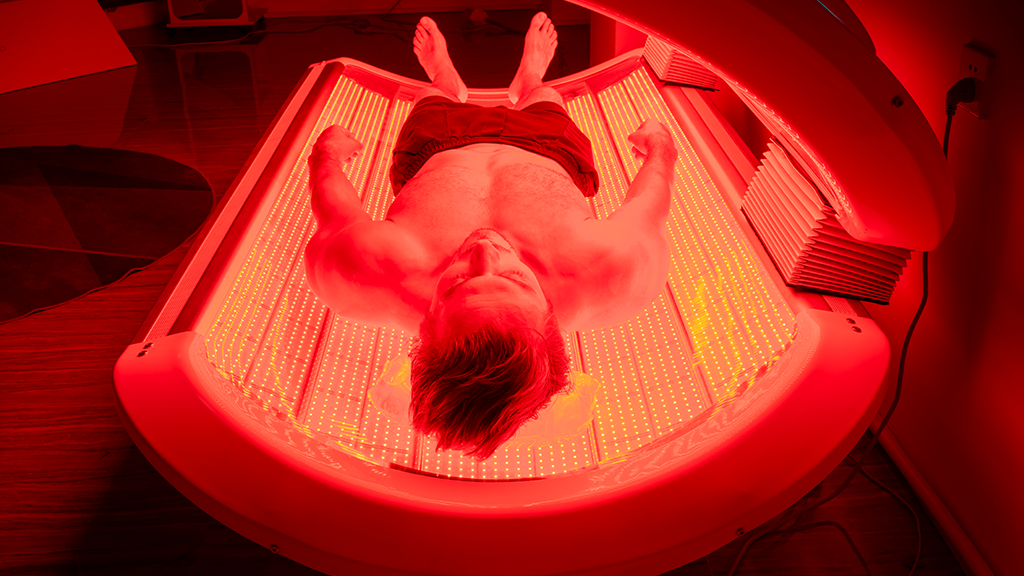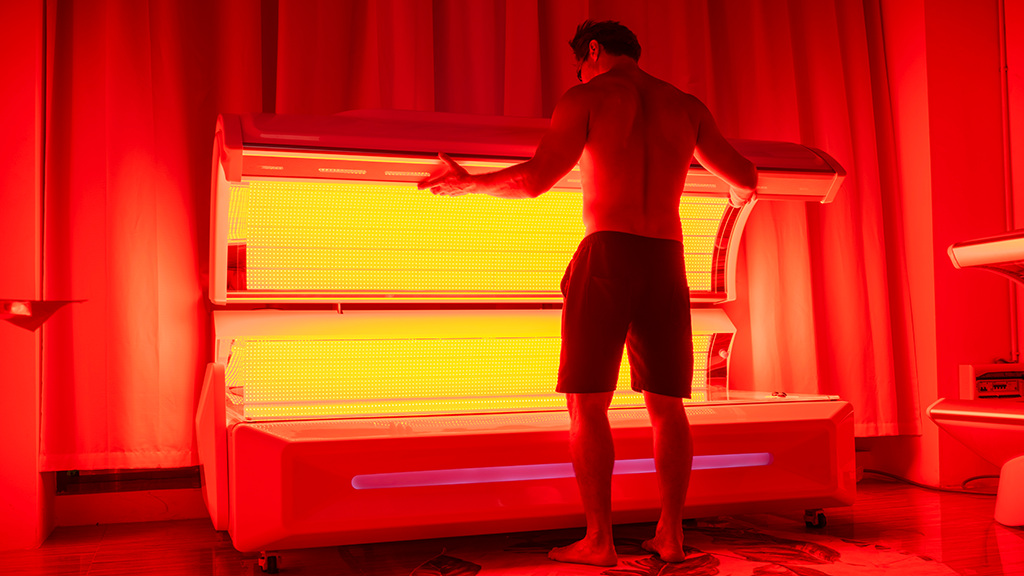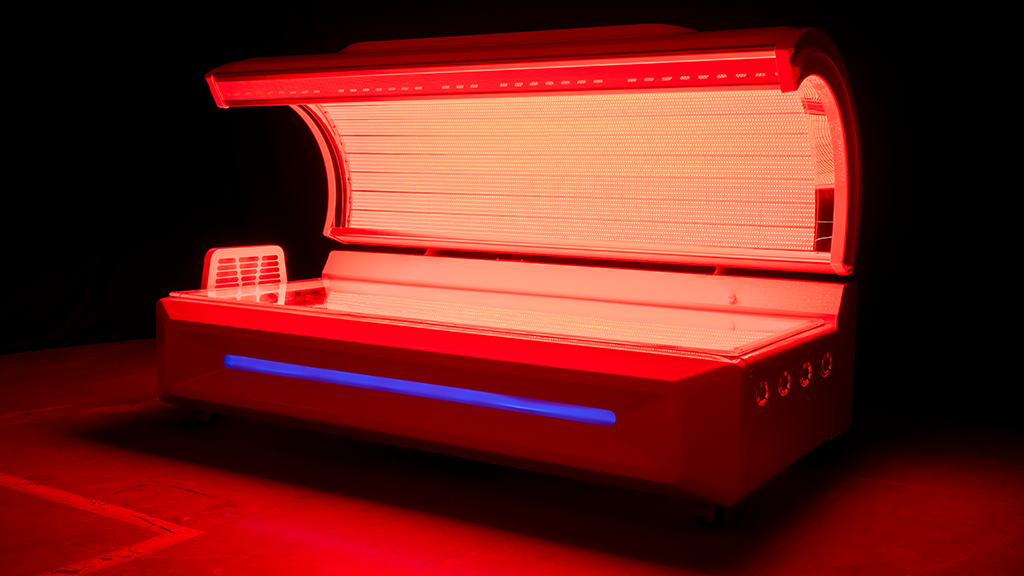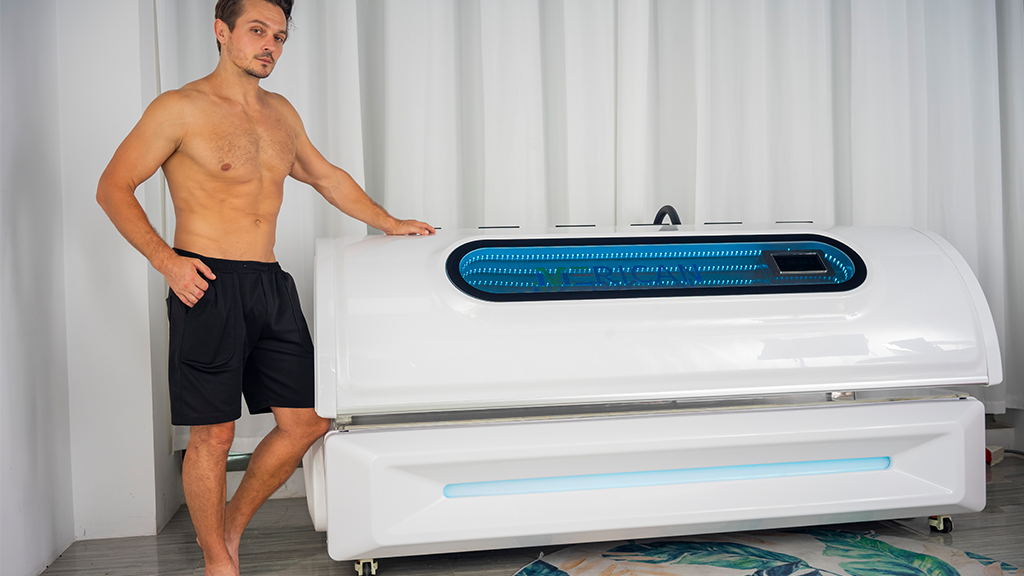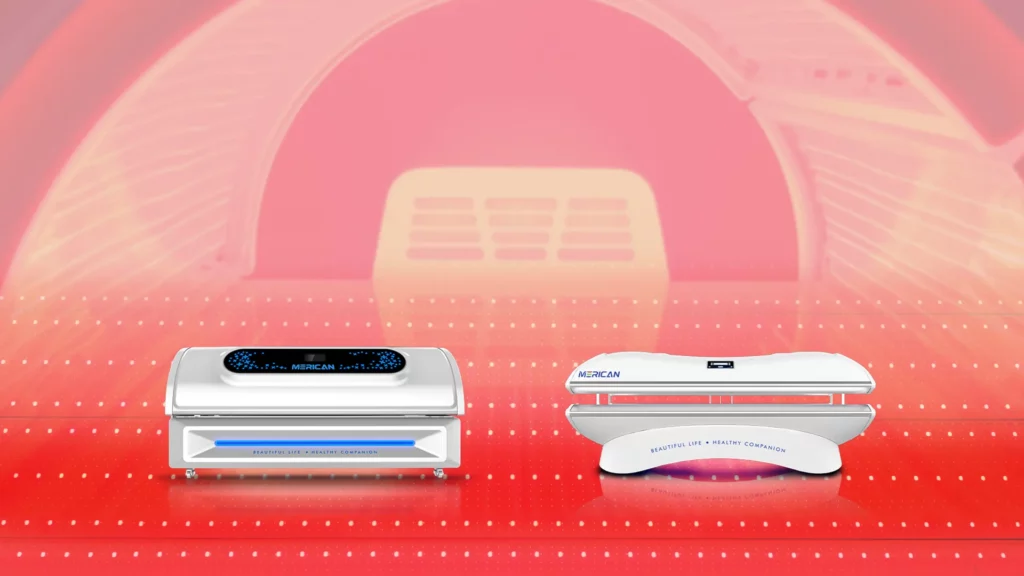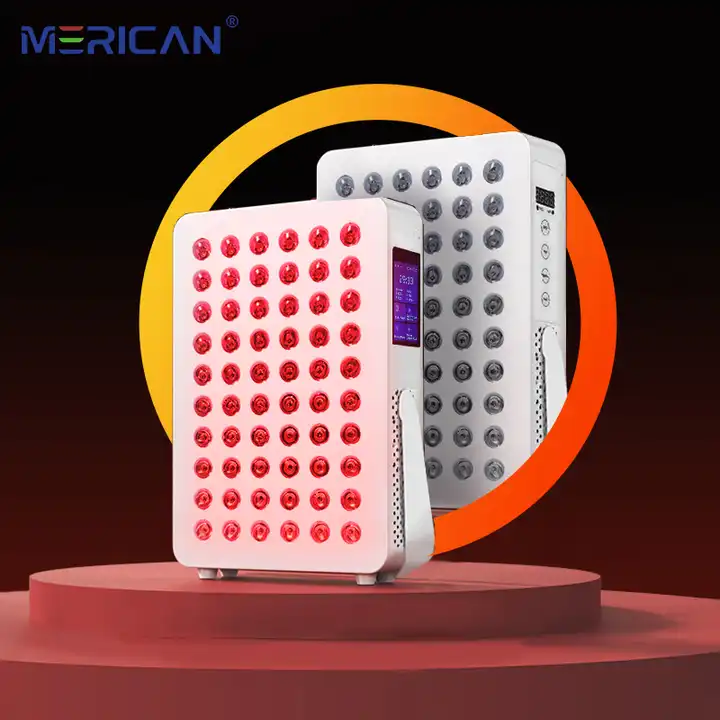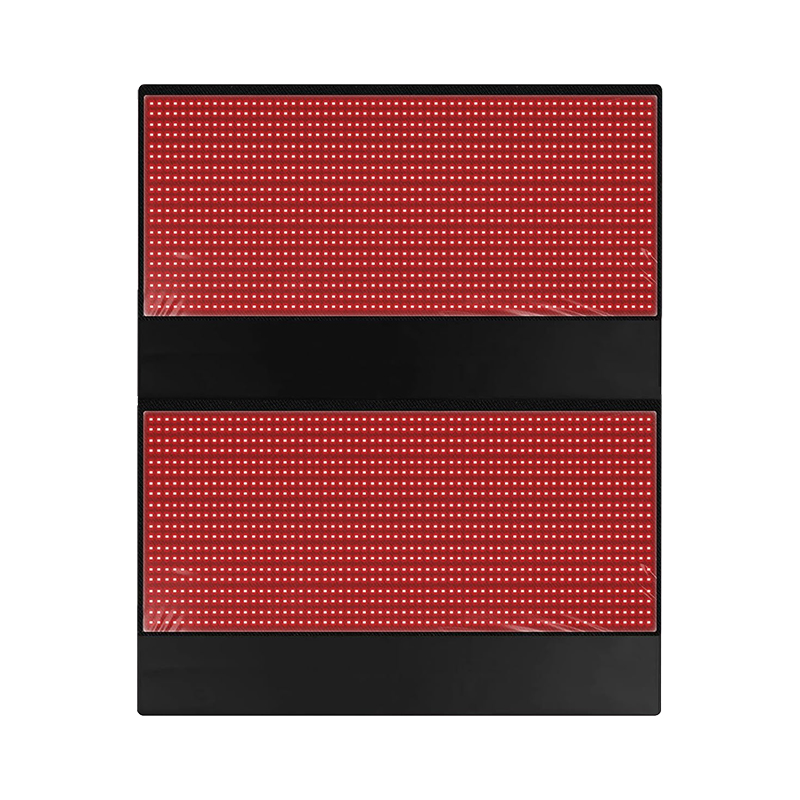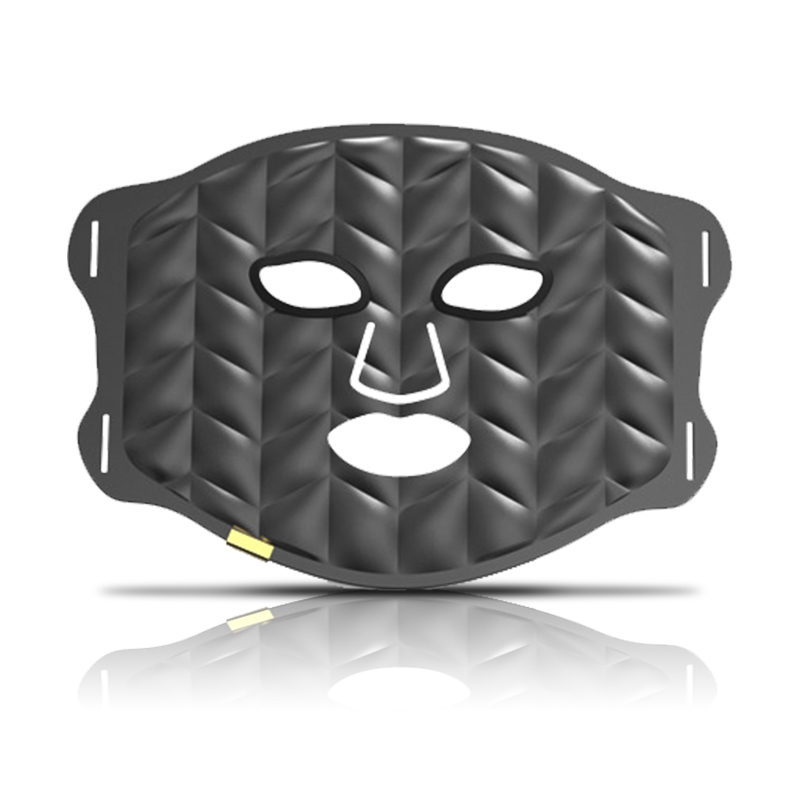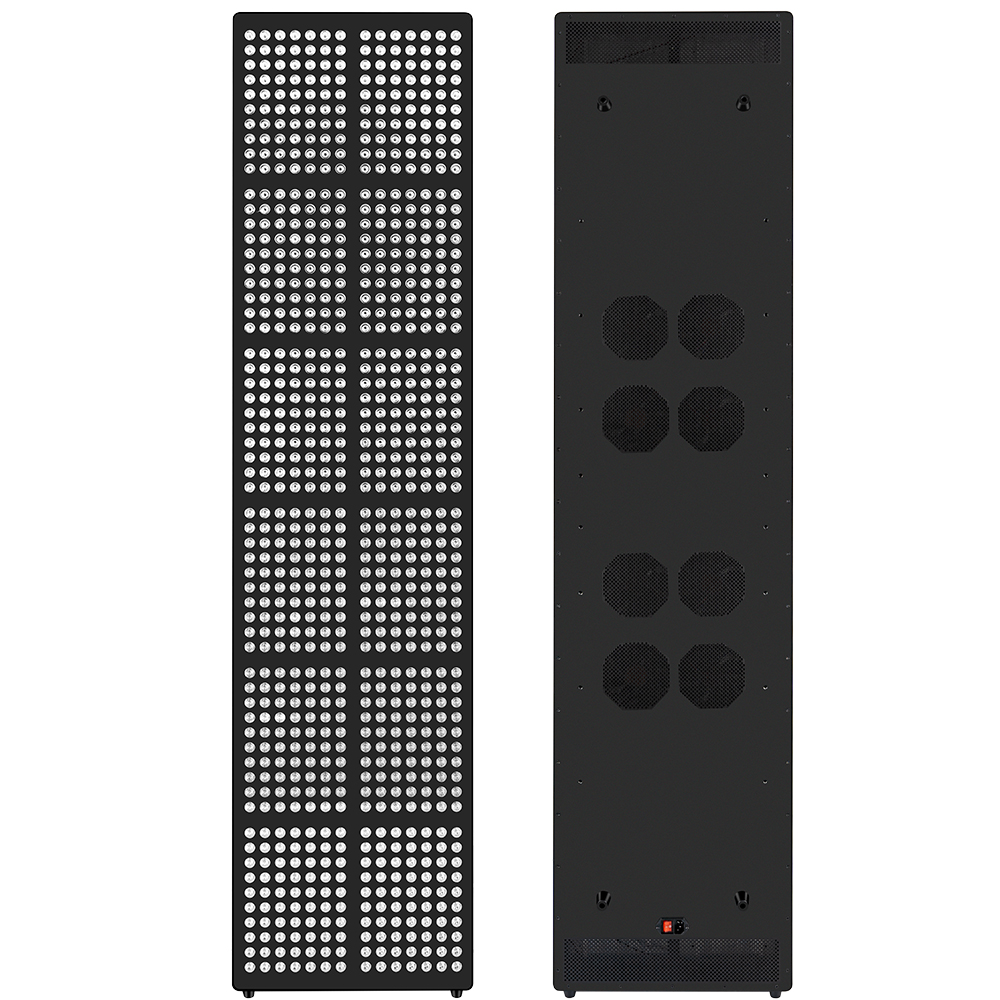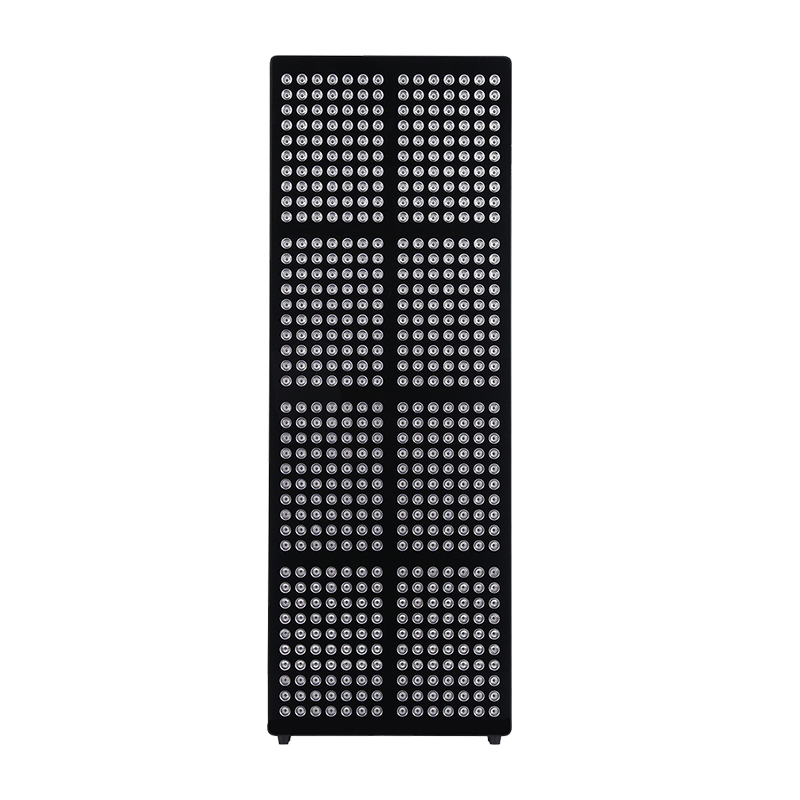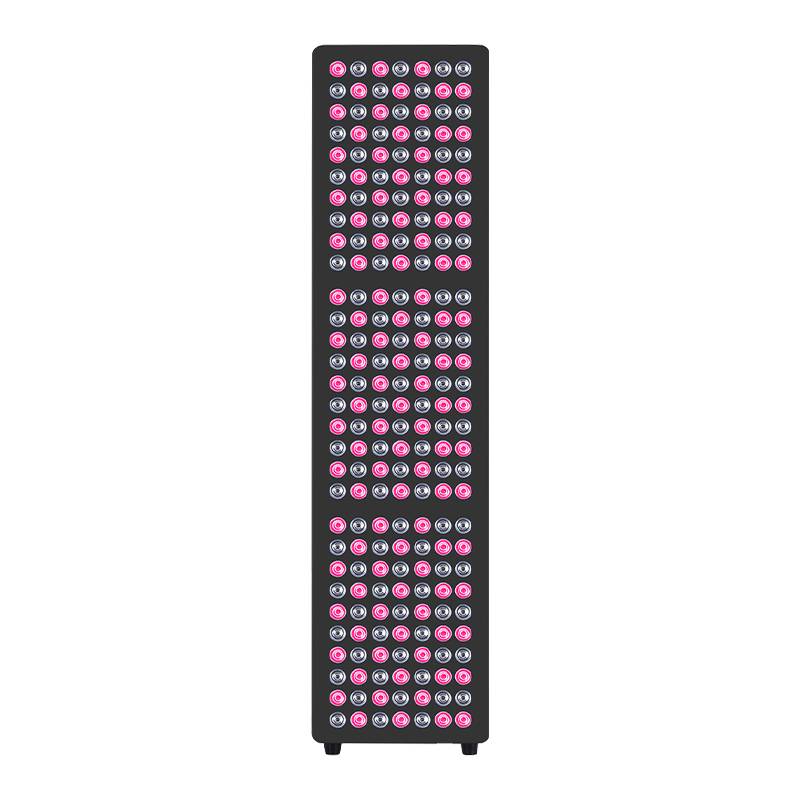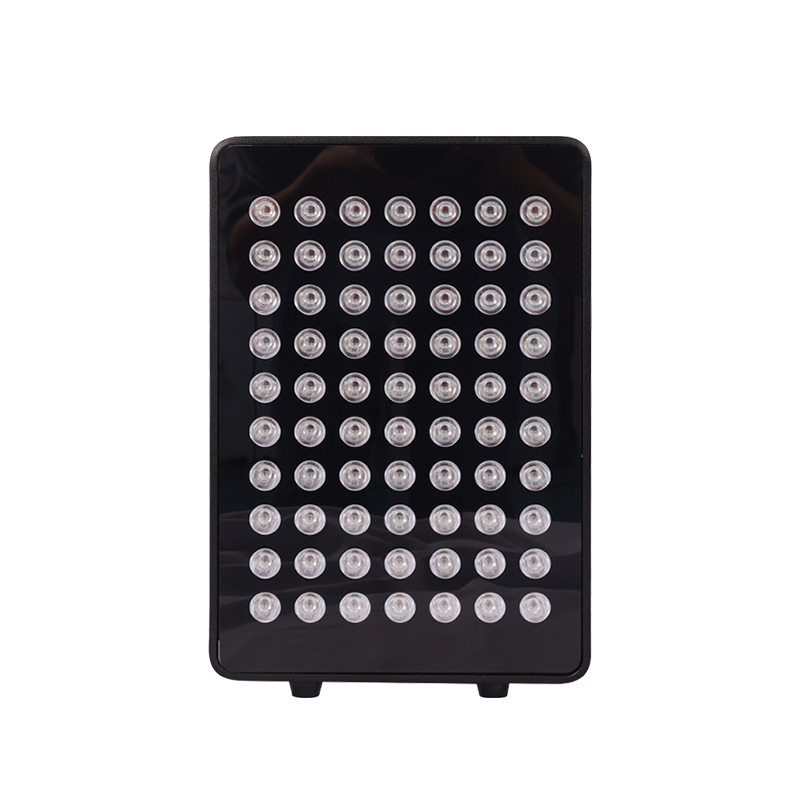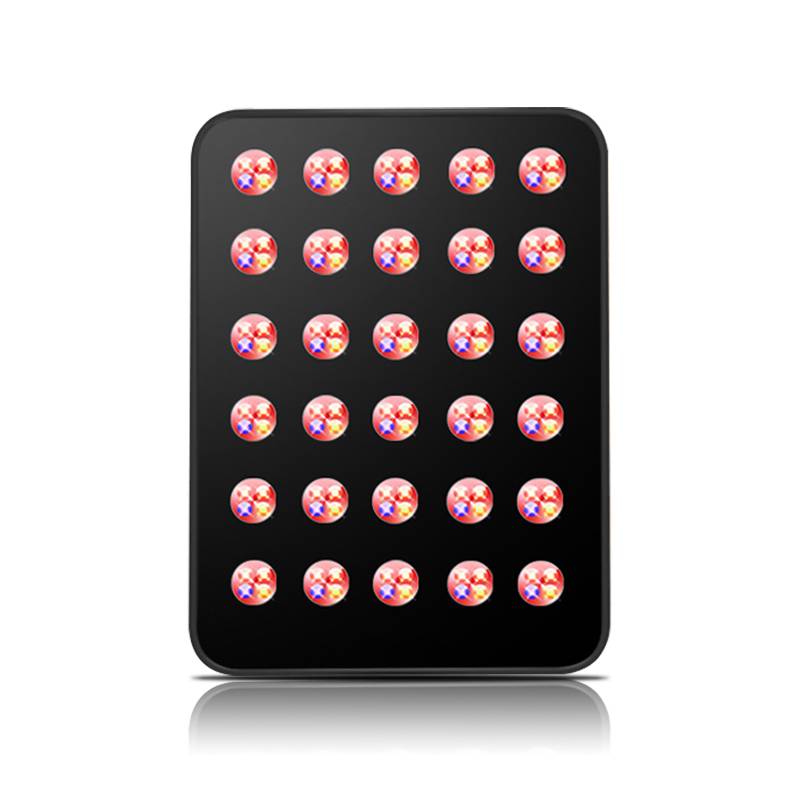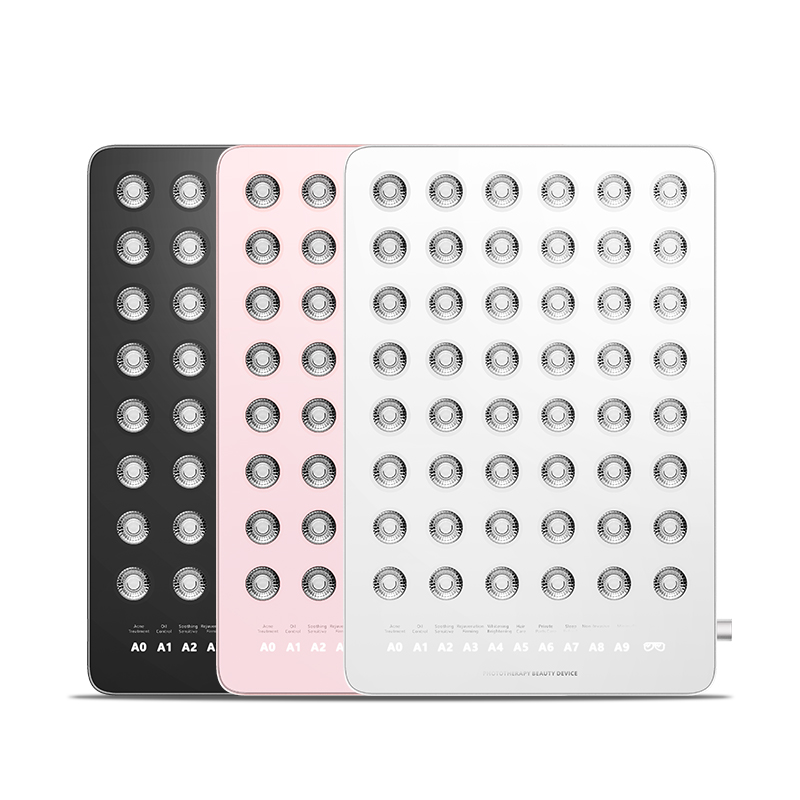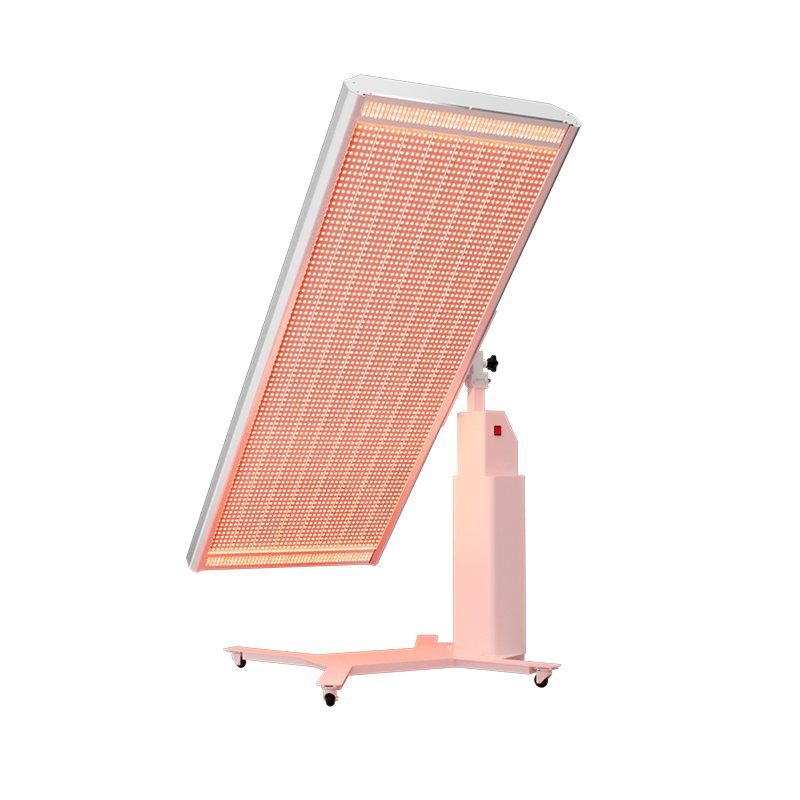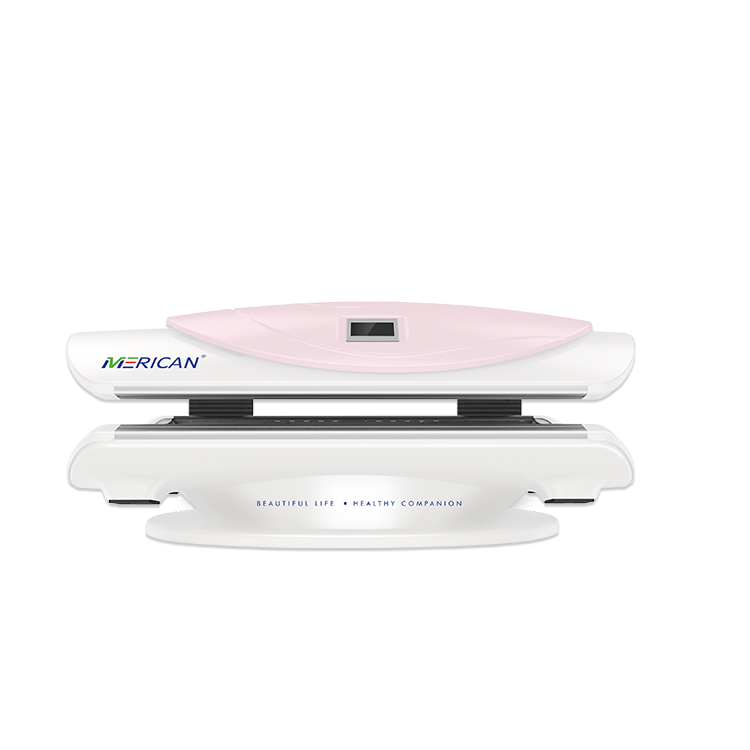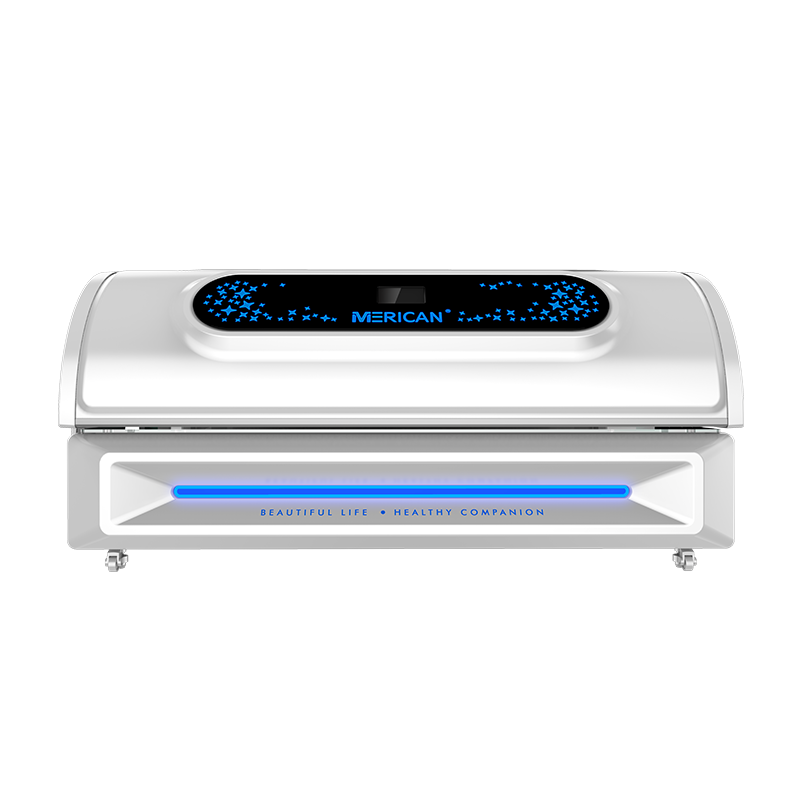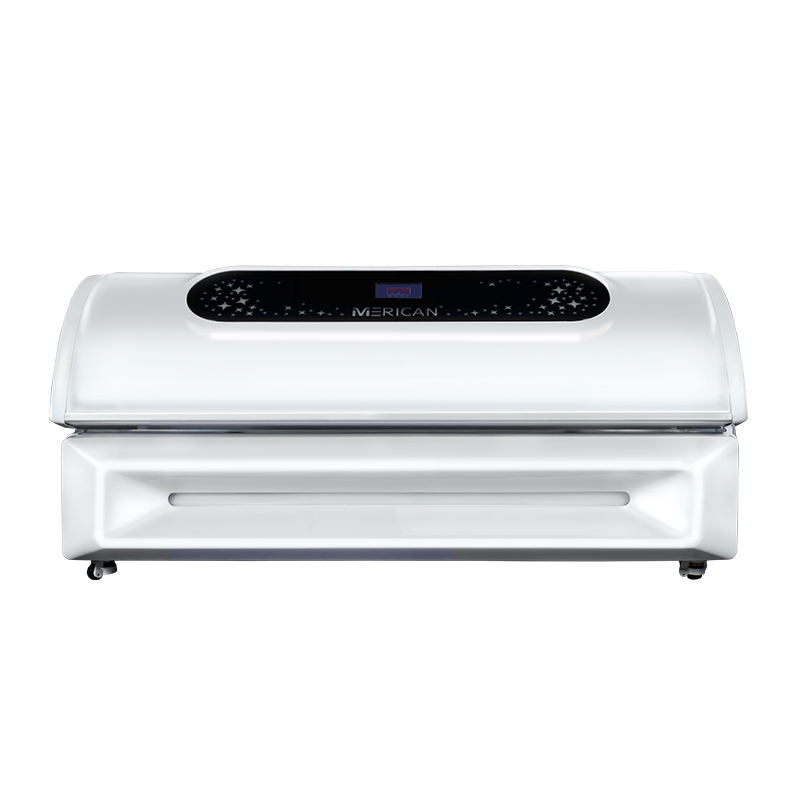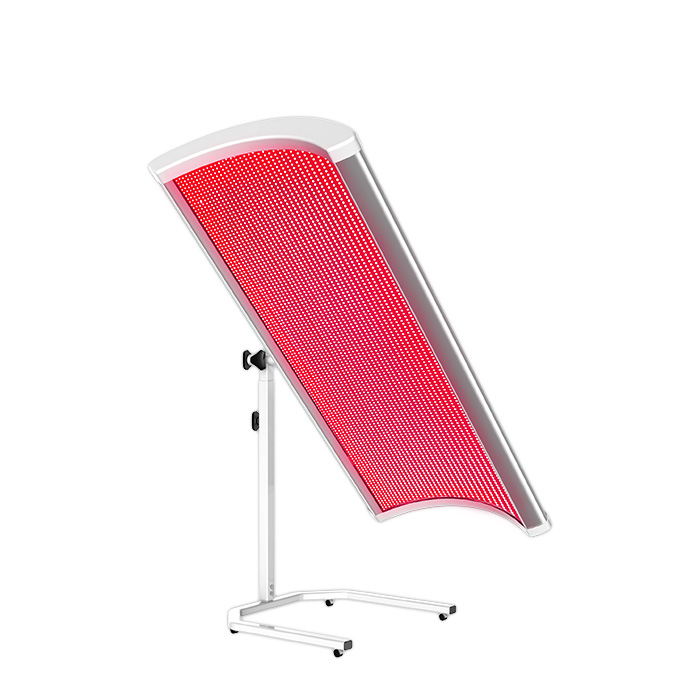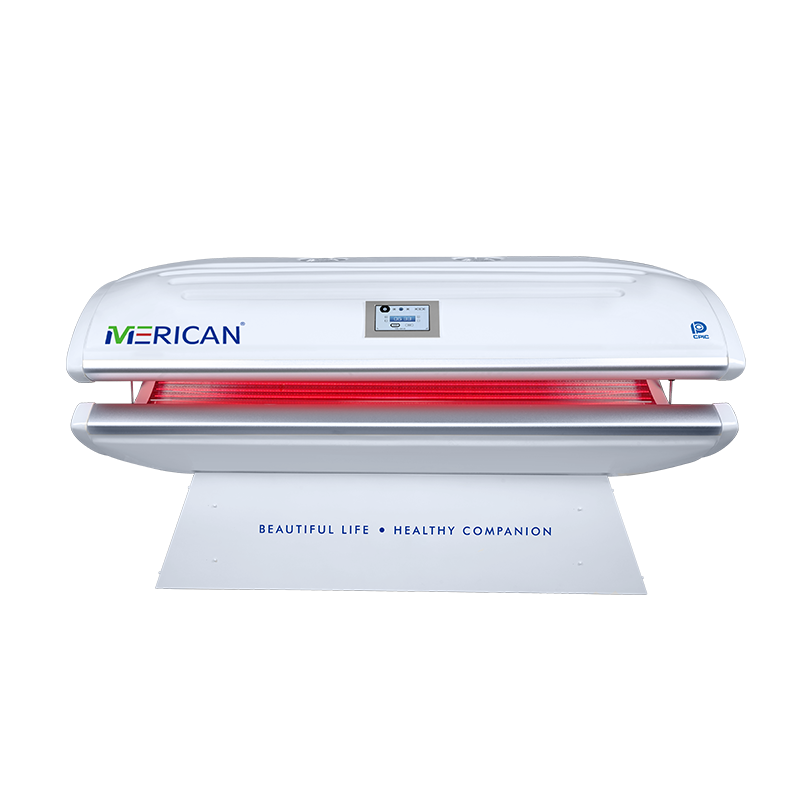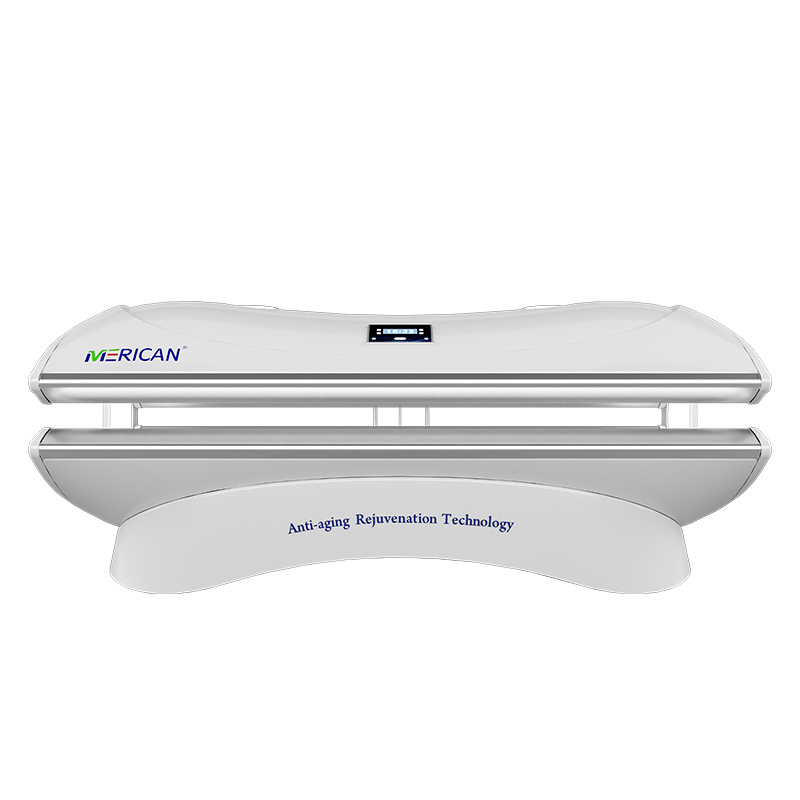العلاج بالضوء
يمكن استخدامها في أي وقت, بما في ذلك وقت الليل.
يمكن استخدامها في الداخل, في الخصوصية.
التكلفة الأولية وتكاليف الكهرباء
طيف صحي من الضوء
يمكن أن تختلف الشدة
لا يوجد ضوء الأشعة فوق البنفسجية الضارة
لا يوجد فيتامين د
يحتمل أن يحسن إنتاج الطاقة
يخفف الألم بشكل ملحوظ
لا يؤدي إلى تان الشمس
ضوء الشمس الطبيعي
ليس متاحا دائما (طقس, ليلة, إلخ.)
متاح فقط في الخارج
طبيعي, بدون تكلفة
طيف الضوء الصحي وغير الصحي
لا يمكن أن تختلف الشدة
يمكن أن يؤدي ضوء الأشعة فوق البنفسجية إلى تلف الجلد وما إلى ذلك
يساعد على إنتاج فيتامين د
يخفف الألم بشكل معتدل
يؤدي إلى اسمرار الشمس
العلاج بالضوء الأحمر هو أداة قوية ومتعددة الاستخدامات, ولكن هل هو أفضل من مجرد الخروج إلى الشمس؟?
إذا كنت تعيش في غائم, البيئة الشمالية دون الوصول المستمر إلى الشمس, إذًا فإن العلاج بالضوء الأحمر هو أمر بديهي، فالعلاج بالضوء الأحمر يمكن أن يعوض الكمية المنخفضة من الضوء الطبيعي المتاح. بالنسبة لأولئك الذين يعيشون في البيئات الاستوائية أو غيرها من البيئات التي تتمتع بوصول يومي تقريبًا إلى ضوء الشمس القوي, الجواب أكثر تعقيدا.
الاختلافات الرئيسية بين ضوء الشمس والضوء الأحمر
يحتوي ضوء الشمس على طيف واسع من الضوء, على طول الطريق من الأشعة فوق البنفسجية إلى الأشعة تحت الحمراء القريبة.
يحتوي طيف ضوء الشمس على الأطوال الموجية الصحية للأحمر والأشعة تحت الحمراء (التي تعزز إنتاج الطاقة) وأيضا ضوء الأشعة فوق البنفسجية (الذي يحفز إنتاج فيتامين د). ومع ذلك، هناك أطوال موجية داخل ضوء الشمس تكون ضارة بشكل زائد, مثل الأزرق والبنفسجي (مما يقلل من إنتاج الطاقة ويضر بالعين) والأشعة فوق البنفسجية (مما يسبب حروق الشمس/اسمرار البشرة والشيخوخة الضوئية/السرطان). قد يكون هذا الطيف الواسع ضروريًا لنمو النبات, التمثيل الضوئي وتأثيرات مختلفة على الأصباغ في الأنواع المختلفة, ولكنها ليست كلها مفيدة للإنسان والثدييات بشكل عام. هذا هو السبب وراء ضرورة استخدام واقي الشمس وواقي الشمس SPF في ضوء الشمس القوي.
الضوء الأحمر هو أضيق, الطيف المعزول, يتراوح تقريبًا بين 600-700 نانومتر، وهي نسبة ضئيلة من ضوء الشمس. تتراوح الأشعة تحت الحمراء النشطة بيولوجيًا من 700 إلى 1000 نانومتر. لذا فإن الأطوال الموجية للضوء التي تحفز إنتاج الطاقة تقع بين 600 و 1000 نانومتر. هذه الأطوال الموجية المحددة من الأحمر والأشعة تحت الحمراء لها تأثيرات مفيدة حصريًا مع عدم وجود آثار جانبية معروفة أو مكونات ضارة - مما يجعل العلاج بالضوء الأحمر نوعًا من العلاج الخالي من القلق مقارنة بالتعرض لأشعة الشمس.. ليست هناك حاجة إلى كريمات SPF أو ملابس واقية.
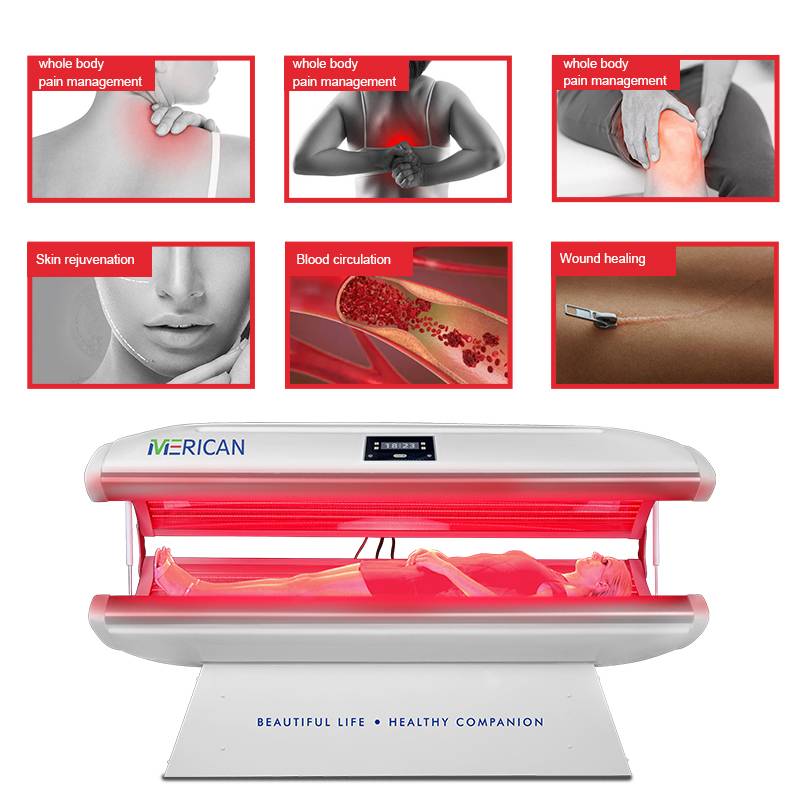
ملخص
سيكون الوضع الأمثل هو الوصول إلى ضوء الشمس الطبيعي وبعض أشكال العلاج بالضوء الأحمر. احصل على بعض التعرض لأشعة الشمس إذا استطعت, ثم استخدم الضوء الأحمر بعد ذلك.
تتم دراسة الضوء الأحمر فيما يتعلق بحروق الشمس وتسريع الشفاء من أضرار الأشعة فوق البنفسجية. بمعنى أن الضوء الأحمر له تأثير وقائي من الضرر المحتمل لأشعة الشمس. لكن, الضوء الأحمر وحده لن يحفز إنتاج فيتامين د في الجلد, التي تحتاج إلى ضوء الشمس من أجلها.
الحصول على تعرض الجلد المعتدل لأشعة الشمس لإنتاج فيتامين د, ربما يكون الجمع بين العلاج بالضوء الأحمر في نفس اليوم لإنتاج الطاقة الخلوية هو النهج الأكثر حماية.

